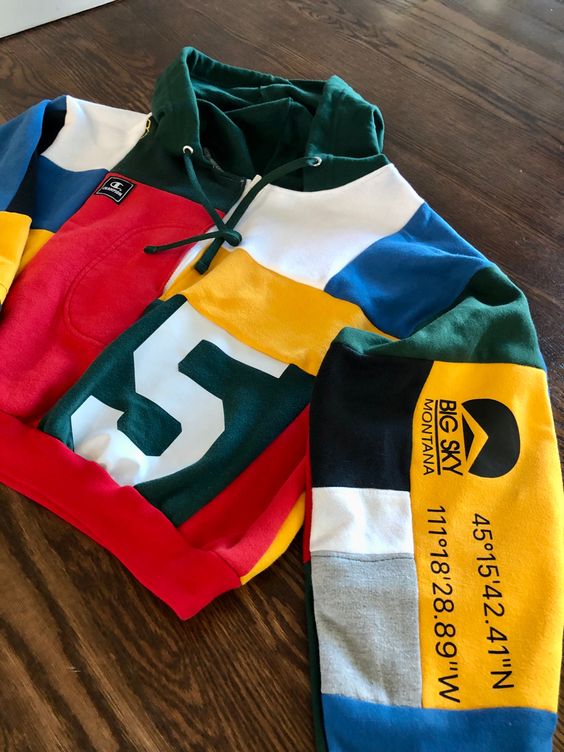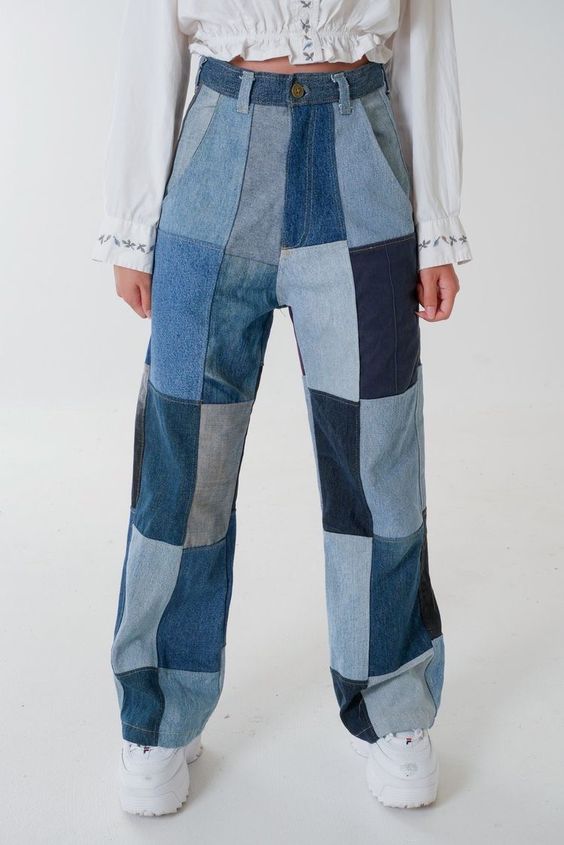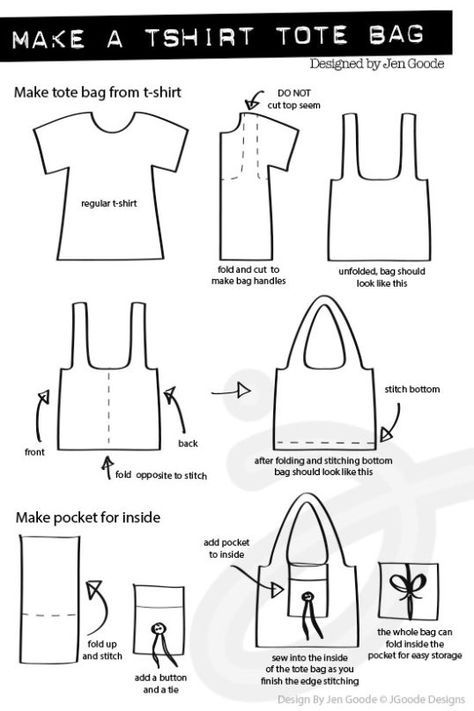This article assists you in preserving your unique pieces by providing solutions to restore damaged clothes, adopting environmentally friendly practices, and reducing your expenses.
#1 Washing Tips Temperature and Program
- Proper maintenance is crucial to preserve the patterns, colors, and shapes of custom-made clothes. Follow washing instructions meticulously for each fabric type and customization method.
At Inkoo, we recommend washing custom sweaters at 30°C once a week, turning the garment inside out to protect the pattern. Fewer washes preserve colors and fabric texture, thus extending clothing durability while saving water and energy. - Suitable Detergent: Opt for gentle, preferably eco-friendly detergents, which not only protect patterns but also extend the fabric's lifespan by avoiding harsh chemicals that could damage the fibers.
Marseille soap detergent is one of the simplest and most cost-effective recipes.
Here are the ingredients and steps to follow:
- Ironing: Which types of markings can be safely ironed? Some techniques are heat-sensitive, hence the importance of knowing which ones can be ironed without risk.
For instance, it's strongly advised against ironing silk screening, although it's generally not too damaging.
Flex, on the other hand, should absolutely not be ironed, whereas embroidery poses no issues. - Another small tip for preserving your clothes' quality is proper storage. Fold them carefully, use suitable hangers, and breathable covers.
#2 Clothing Repair Mending a Hole
- Repairing customized clothes is a valuable skill to acquire. Knowing how to mend a hole without altering the pattern is an effective way to extend the life of your favorite pieces. In this article, you'll find four ways to mend a hole in a sweater.
- Reinforcing Fragile Areas: Simple techniques like darning or applying discreet patches can restore the garment's appearance while avoiding costly repairs or premature replacements.
#3 Extending Clothing Life Upcycling
Besides maintenance methods, you can also consider sustainable alternatives to extend the life of customized clothes.
- Upcycling: offers a creative opportunity to transform unused clothes into new trendy items or unique accessories. Here are some ideas for upcycling a sweater, jeans, or a T-shirt:
- Donation or Resale: Thinking of gifting or reselling clothes in good condition rather than discarding them has its advantages.
This reduces textile waste and extends the clothing life cycle. Online platforms like Vinted or local initiatives like donation centers provide opportunities to give these clothes a second life.
#4 Ecology and Sustainability
Understanding the importance of sustainability for customized clothes is crucial to raise awareness about overconsumption in the fashion industry.
By taking care of these unique pieces, we reduce the need for impulsive purchases, thereby favoring quality over quantity while maintaining our style.
For instance, at Inkoo, we collaborate with brands like Stanley/Stella, who prioritize sustainability in their pieces. Their clothes are made from recycled materials like cotton, nylon, or polyester, supporting environmentally friendly practices.
Our carefully selected inks, in partnership with Magna Colours and their GOTS label, ensure reliable organic origin and environmentally and socially responsible treatment. Designed to minimize their impact, they promote an eco-friendly approach to clothing customization.
These alternatives expand choices while supporting more environmentally friendly practices within the fashion industry.
In summary, proper maintenance of customized clothes goes beyond mere cleaning. It's a commitment to sustainability, creativity, and waste reduction.
By adopting attentive maintenance practices, exploring repair and upcycling methods, and supporting donation or resale, we can contribute to extending the life of our customized clothes while reducing our environmental impact.
It's through these small actions that we can effect meaningful change in the fashion industry, making it more sustainable and conscious of its ecological footprint.







